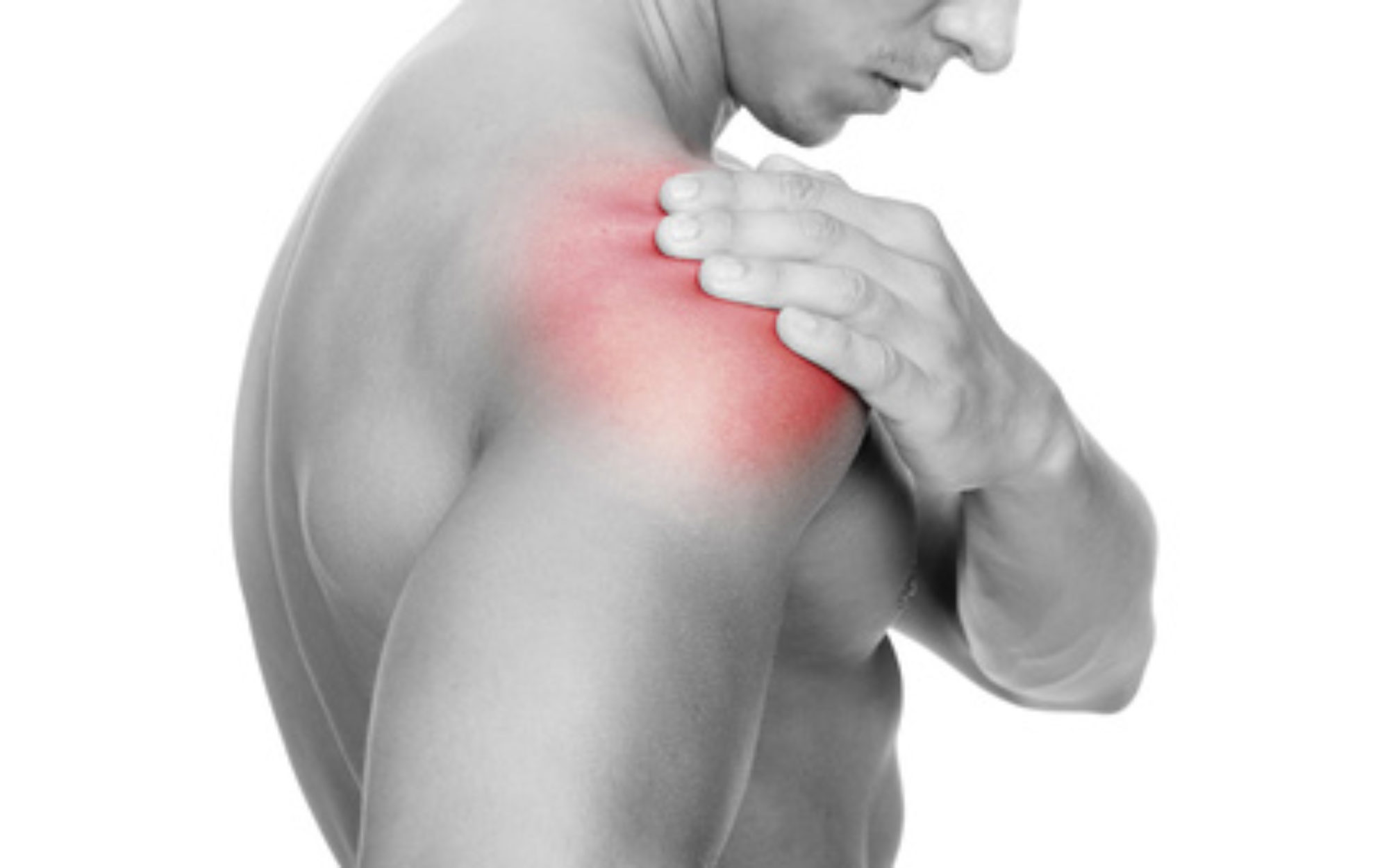Physiotherapy Guidelines
This is a guideline for your physiotherapist to help you progress through rehabilitation over the course of 12 weeks following your knee operation. A physiotherapist who is experienced in knee rehabilitation should be consulted throughout the programme to supervise and where necessary individually modify your programme.
Aims of Rehabilitation
To restore Range of Motion and Strength to the knee.
The final goal is to minimize knee pain and improve your knee function to improve your quality of life.
1-14 Days
Manual Physiotherapy
- Intermittent cryotherapy to minimize joint swelling over first 4-5 days.
- Cryotherapy after exercises. Heat packs may be used on the knee and thigh prior to exercises.
- Circumferential compression dressing (Tubigrip) from ankle to thigh.
- Elevate the affected limb to minimize swelling.
- Ankle exercises for DVT prophylaxis.
- Deep breathing exercises for basal atelectasis.
- Range of Motion / Strengthening Exercises
- Quadriceps sets, Gluteal sets.
- Straight leg raises, supine.
- Knee extensions supine over a roll.
- Knee extensions from seated
- Passive knee straightening with a heel roll supine.
- Heel slides, seated and supine.
- Functional Exercises
- Transfer lying to standing, and seated to standing.
- Gait training with crutches, including stairs.
- Into and out of a car.
- Weight bear as tolerated.
3-6 weeks
- Manual Physiotherapy
- Cryotherapy after exercises, heat packs may be used on the knee and thigh prior to exercises.
- Circumferential compression dressing (Tubigrip) from ankle to thigh.
- Ankle exercises for DVT prophylaxis.
- Patellar mobilization exercises.
- Quads and hamstrings deep tissue massage.
- Range of Motion / Strengthening Exercises
- Isometric quads, hamstrings, gluteals, adductors.
- Core stabilizing exercises.
- Active and assisted range of motion exercises.
- Supported standing heel raises, calf stretches, mini squats, hamstring curls.
- Hydrotherapy after week 3.
- Functional Activities
- Gait – normalize gait between crutches, progressing to a single point stick.
- Weight bearing as tolerated.
- Increase endurance with longer walks and stairs.
- Patients should be walking without aids and achieving flexion >90° by 6 weeks post-operation
7-12 weeks
- Manual Physiotherapy
- Patellar mobilization exercises.
– Quads and hamstrings deep tissue massage.
– Wound massage with Bio-oil or Vitamin E cream.
- Range of Motion / Strengthening Exercises
- Core stabilization exercises.
- Squats and single leg stance mini-squats.
- Resistance exercises for quadriceps, hamstrings, gluteals and adductors.
- Active and assisted ROM exercises.
- Functional Exercises
- Start driving using the affected leg.
- Gait supervision without walking aids.
- Lateral stepping.
- Heel-toe walking.
- Exercise bike
Training for Life
Once the patient has achieved full extension and flexion >110°, normalized and unaided gait, and good muscle balance – institute an ongoing programme of regular exercise tailored to the patient.
This may include:
- Regular walking
- Exercise bike
- Hydrotherapy
- Gentle gym workouts
- Return to sport (golf, doubles tennis, lawn bowls, etc)
- Encourage the patient to continue their exercise program indefinitely, to optimize the outcome from their surgery.

